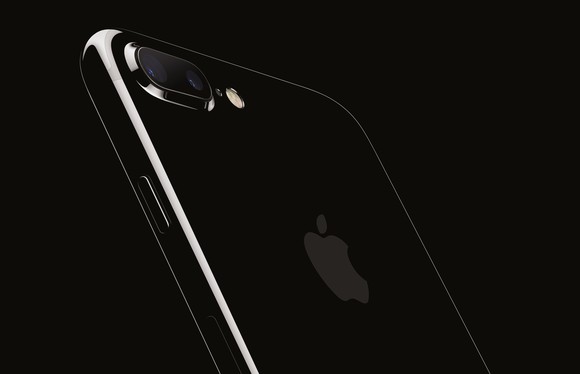Apple (AAPL 1.97%) has released new iPhones at an annual cadence for years now. Each fall, customers and investors look forward to new (and, hopefully, exciting) iPhones that build upon the capabilities of the previous-generation models while also introducing totally new features and technologies.
The unfortunate truth for Apple is that iPhone sales tend to drop significantly from the peak of a product cycle to the trough. For instance, in the most recent fiscal year, the iPhone business saw shipments peak at 78.3 million units and $54.38 billion in revenue in the company's first quarter, which ended at the end of December.
Two quarters later, iPhone shipments fell to 41 million units, generating revenue of just $24.85 billion .
What happens is easy to understand: Demand is sky-high for the new iPhone model in its first full quarter of availability, and as customers get their fill of the new device, sales drop sharply in subsequent quarters.
In this article, I'll go over how Apple can boost its annual iPhone shipments and ultimately narrow the gap between each quarter's iPhone peak and trough.

Image source: Apple.
Midcycle updates
In the past, Apple would release what was commonly referred to as a "new number" iPhone in even years and an "s" iPhone in odd years.
The new-number iPhones usually brought with them new form factors as well as internal upgrades while the "s" versions of those phones would retain the same basic form factors as the prior new-number phones but come packed with significant internal upgrades and possibly new features (e.g., Touch ID).

Image source: Apple.
What Apple should consider doing is releasing "new number" phones in the fall and then release updated versions of those phones -- effectively the "s" versions -- in the spring. At that point, it could discount the phones that it introduced in the fall by $100 or so and then reveal newer, better devices at the older price points.
That way, the company is introducing new innovations at twice the previous rate. A faster pace of product introductions could ultimately boost Apple's competitive positioning in the cutthroat market for premium smartphones, especially as its major competitors often release new devices in the spring.
I think such a move would help Apple gain a non-trivial share of the premium smartphone market, boosting its revenue and profits.
What are the downsides?
Although I think midcycle updates would do wonders for the iPhone business, there are some downsides and risks to such a strategy.
First, for Apple to be able to deliver products at a faster pace, it would need to substantially increase its investments in product research and development. This would likely require a substantial expansion of its product/technology development resources (both hardware and software).
That means higher research and development spending (something it's boosting anyway), which could negatively impact profitability until Apple is able to start pushing products out under this development methodology.
There's also the risk that, without sufficient consumer education about the capabilities of the new devices, customers might just choose to buy the older devices at a discounted cost rather than the newer ones for the standard price.
So, Apple would need to ensure there is significant technology differentiation and innovation every six months, which could be a challenge even with far more resources thrown at the problem.
Nevertheless, I think a company with Apple's resources, scale, and understanding of the premium smartphone market should be able to pull this off. And, if it does, its shareholders should be well-rewarded with higher iPhone shipments and revenue, which should ultimately mean fatter profits and a higher stock price over the long haul.





